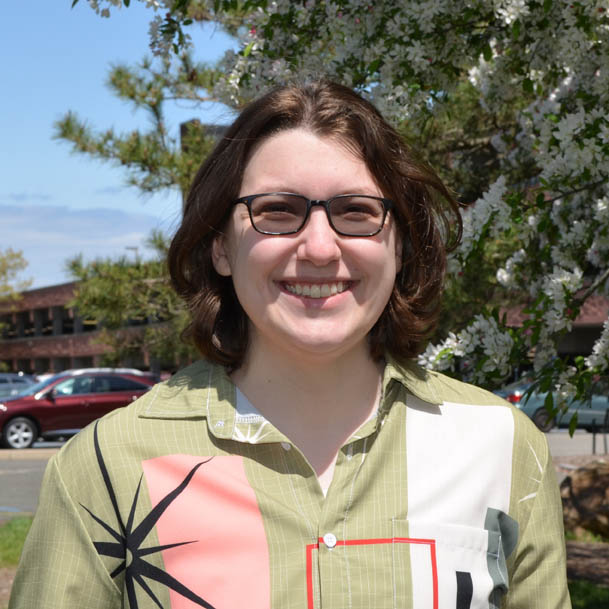Bryan L. Gitschlag, Alejandro V. Cano, Joshua L. Payne, David M. McCandlish, and Arlin Stoltzfus
Exploring the causes and consequences of evolutionary adaptation has led to countless discoveries about how life changes over time. As a compound process, adaptation is subject to the effects of both mutations and selection. In terms of mutation, only some beneficial mutations will occur in a given interval out of all possible beneficial mutations. Among those that occur, even fewer will be present in all population members or “fixed.” Whether a mutation fixes depends partially on the occurrence rate and the fitness effect, which represents the relative fitness of a mutation. Since mutations are “random,” one might suppose that the probability of a mutation occurring is unrelated to its effect on fitness; that is, the joint distribution of mutation rates and fitness effects is uninteresting. However, recent work shows that the adaptation process can induce notable correlations between the distributions of mutation rates and fitness effects.
Researchers from Cold Spring Harbor Laboratory in New York, ETH Zürich in Switzerland, and the National Institute of Standards and Technology in Maryland developed a formal theory to make sense of correlations between mutation rates and fitness effects. To do so, they distinguished between three different joint distributions for each possible mutation: the nominal distribution (a set of possibilities prior to mutation and selection), de novo distribution (the relative probability that any given mutation in the nominal distribution will appear next), and fixed distribution (the fixed mutations in a population). Mutations with higher mutation rates should occur more often, which can result in a biased distribution. This concept, called “size-biasing,” is a process that systematically reweights distributions to favor larger outcomes and is used to generate the de novo and fixed distributions.
For mathematically tractable cases, the three joint distributions can show any pattern of positive and negative correlations. The authors randomly sampled nominal distributions from a continuous distribution to simulate biologically realistic theoretical distributions. Interestingly, this revealed that mutation and selection will most frequently, but not always, induce negative correlations in the fixed distributions. However, patterns among the joint distributions can become complicated due to complex nominal distributions, outliers with high mutation rates and fitness effects, and differences between single-nucleotide and multi-nucleotide mutations (a proxy for high-rate versus low-rate mutations).
To begin exploring the potential effects of these factors, two recently published datasets with mutation rate and fitness values were considered. The first, a dataset on dengue virus variants, demonstrated a negative correlation in the fixed distribution. The other, a dataset of mutations in the TP53 (tumor encoding) gene, had a more modest relationship in the fixed distribution, but characterizing mutations as single-nucleotide or multi-nucleotide strengthened this correlation.
Through a combination of theoretical work and connections to published datasets, the authors demonstrated an initial theoretical framework for addressing nonrandom associations between the rates and fitness effects of mutations. Applications of this framework to real datasets showed correlations between mutation rates and fitness effects in disparate real-world systems similar to predictions. Future applications include expanding this framework to include the joint distributions of contributions to adaptation and parallelism and investigating what intrinsic biological factors may impact nominal distributions. This work's impacts span computational biology and genetics fields and may reveal variation in evolutionary patterns among species.
This article was presented as part of the 2022 Vice Presidential Symposium at the annual meetings of the American Society of Naturalists in Cleveland, Ohio.
